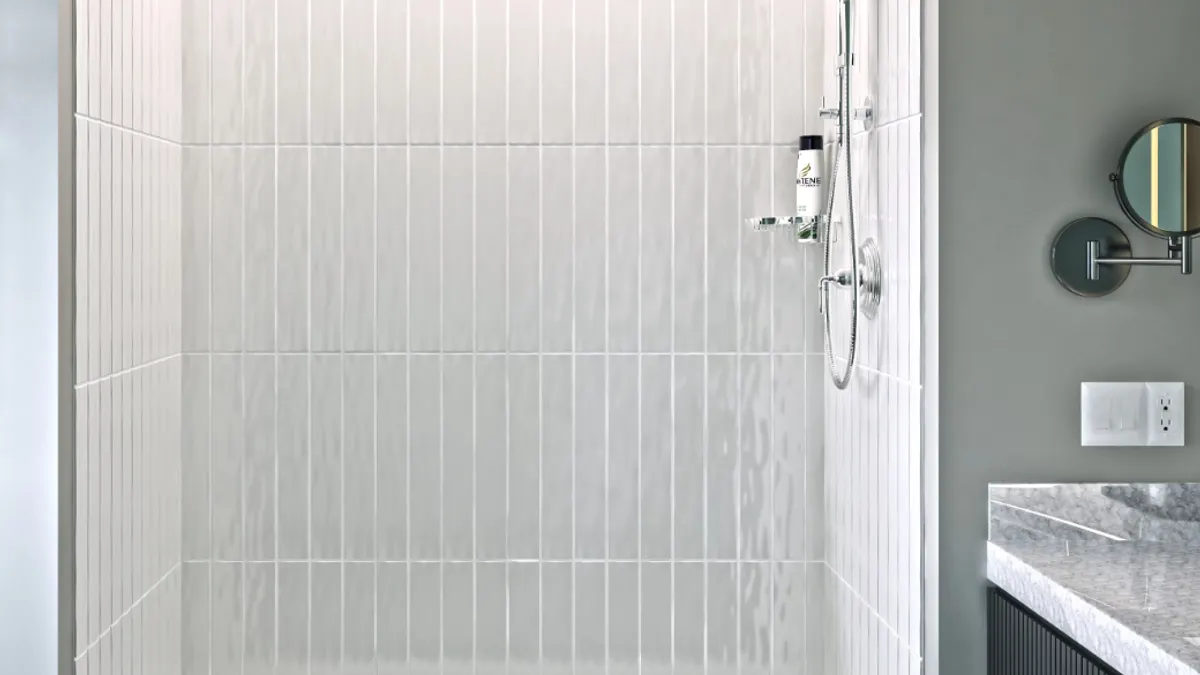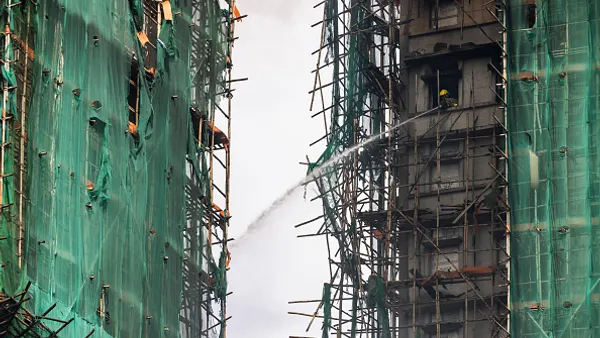Avoid Costly Shower Failures in Multifamily
In multifamily development, bathrooms pose one of the highest risks for costly failures, especially in projects with hundreds of units sharing stacked plumbing.
Water intrusion, mold and shower system failures are an industry hazard. For developers planning to sell, these issues often surface during buyer inspections or at closing. For long-term owners, they drain net operating income.
The Hidden Risks Behind Wet Walls
Showers are complex systems. They require multiple trades: framers, plumbers, tile installers, glaziers, electricians and painters. One mistake can create problems that stay hidden for months.
Consider this: your installers skip the waterproofing membrane before tiling. At first, everything looks fine, but since the grout joints provide multiple points of entry, water seeps through the substrate, creating mold, mildew and wood rot in the wall cavity. By the time the damage is evident, you’ll need to tear out the entire shower, driving costs sky high.
A 2023 National Multifamily Housing Council report found that 70% of claims in multifamily properties involve water damage, making it a very common issue owners face. These claims don’t just mean costly repairs, they often lead to higher insurance premiums and tenant displacement.
Why Tile and Grout Are Falling Out of Favor
Tile and grout dominated multifamily bathrooms for years, but the risks they bring are no longer acceptable.
Tile is durable and can last for many years when installed properly. However, grout is inherently porous. Over time, it absorbs moisture, soap residue and body oils, creating the perfect breeding ground for mold. Sealing helps, but protection typically fades within 6–12 months (or after a deep cleaning), far shorter than most lease cycles.
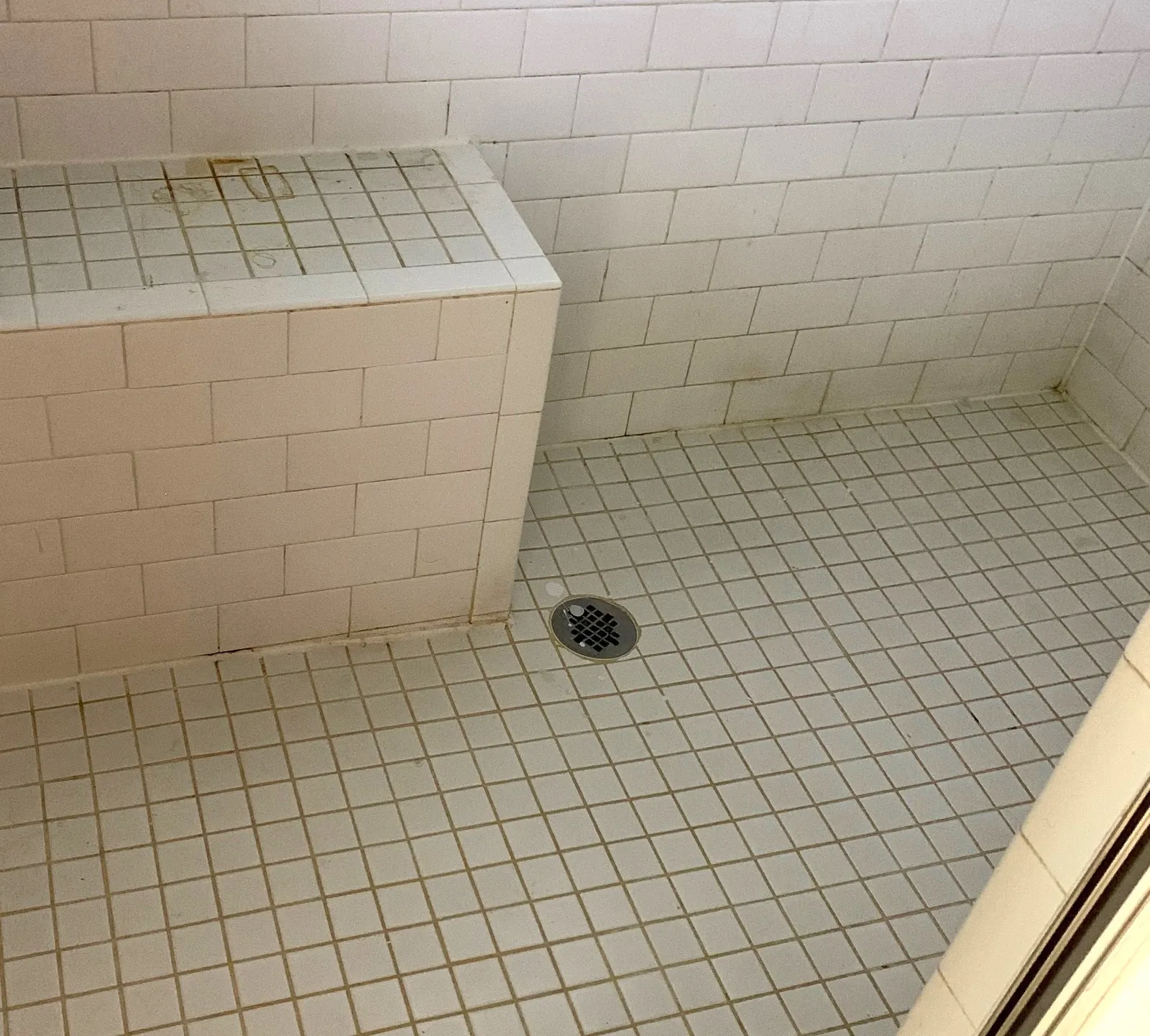
In rental units, residents rarely clean grout properly (if at all), leaving property managers to tackle stained, moldy surfaces during turnovers. Your restoration options include hiring a professional to: 1) deep-clean 2) re-grout, or 3) cover it up with an epoxy coating. All are costly and time-consuming. Plus, the coating only lasts 2–3 years before peeling with regular use.
Tiled shower floors add even more risk. Achieving the correct slope is critical to prevent standing water. In high-volume construction, this detail often gets missed. Pooled water accelerates grout deterioration, increases leak risks and creates hygiene and slip hazards.
By contrast, pre-fab shower pans feature a built-in slope and a textured surface to prevent standing water and reduce slip risks. These qualities make them ideal for large properties where safety and speed of installation are key.
Fiberglass Alternatives—And Their Drawbacks
To avoid tile maintenance headaches, many developers switch to fiberglass or acrylic shower units. While these systems reduce grout lines, they bring their own issues.
Hollow fiberglass pans are designed to sit on a mortar bed, but improper installation can leave gaps beneath the surface. These hollow pockets allow the pan to flex underfoot and over time, this movement creates hairline cracks. Water then seeps unnoticed into the subfloor, leading to hidden damage and costly, professional repairs.
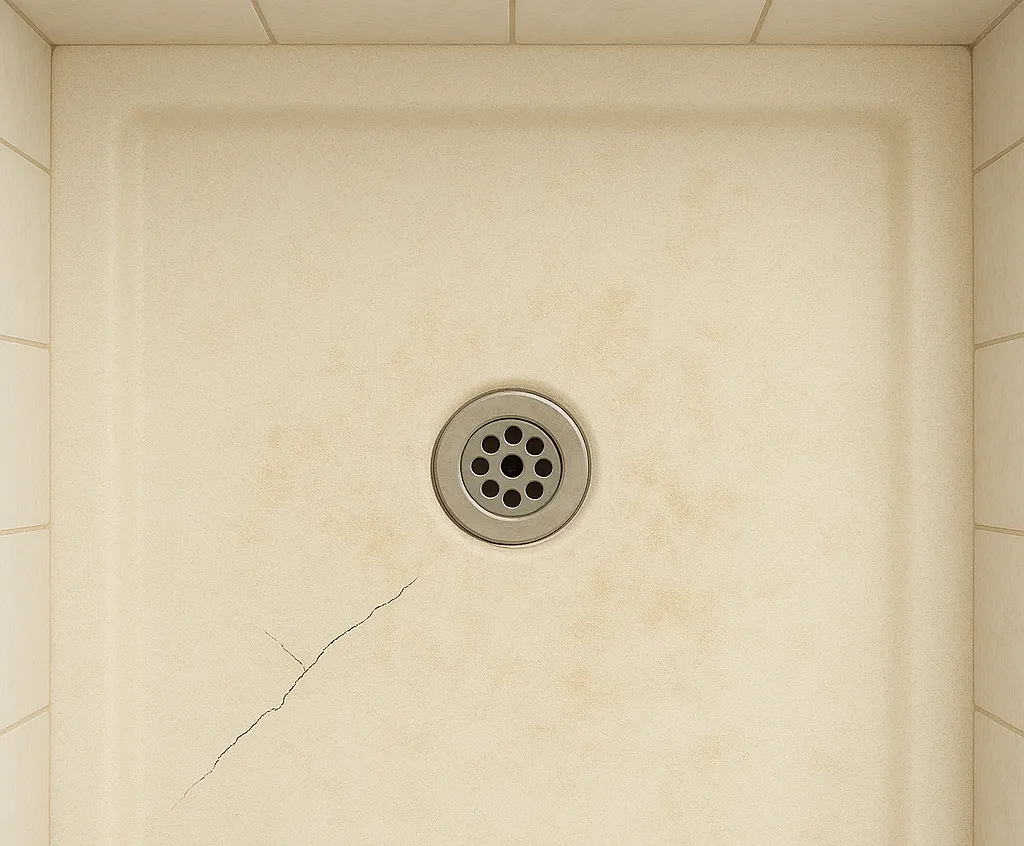
Fiberglass has a softer finish that’s easily damaged by harsh cleaners, often requiring professional restoration to remove stains and reapply the protective layer. Many properties end up restoring fiberglass between tenants, adding cost and delays. It’s also prone to damage from other trades during construction, with some developers reporting they’ve had to repair 1 in 5 showers before occupancy.
Why Developers Are Choosing Cast Marble
To solve these challenges, developers increasingly turn to grout-free cast marble panels and pans. A standard in the hotel industry, this solid, non-porous material prevents moisture absorption and mold growth.
These systems use three-piece surrounds for fast installation and cast marble pans with built-in slopes that prevent pooling water. Because cast marble showers are groutless and permanently sealed, they don’t require a waterproofing membrane.
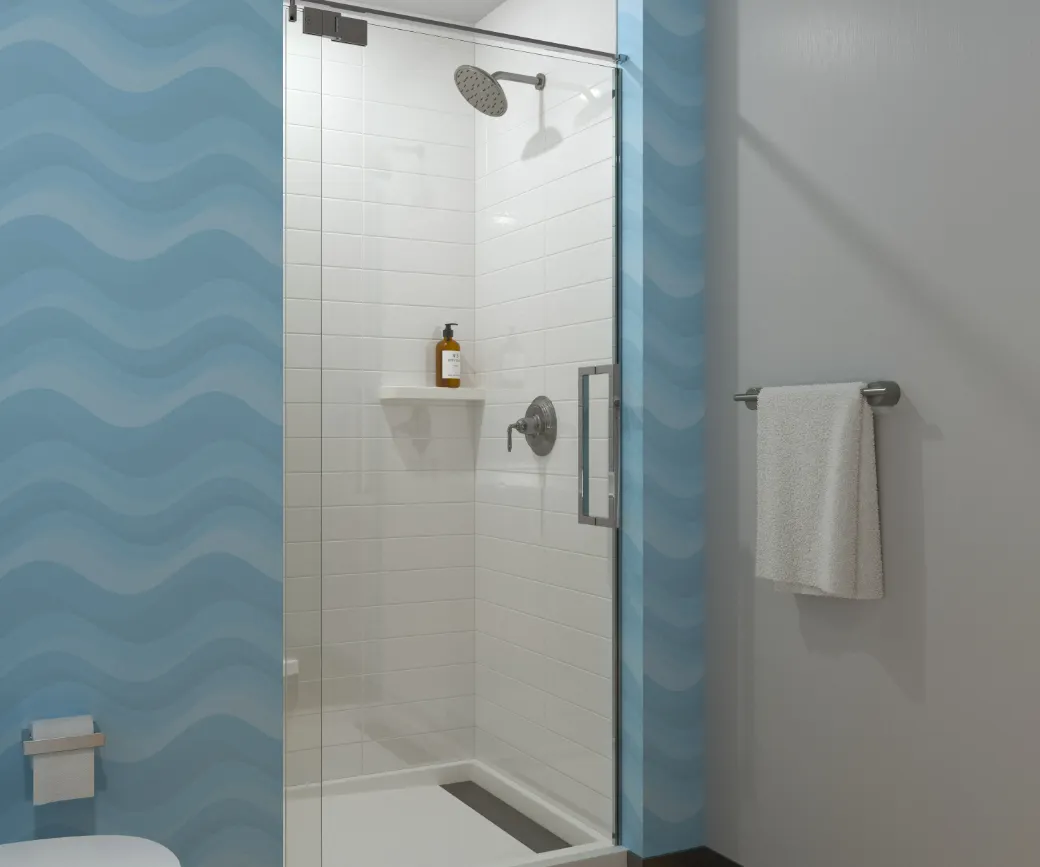
For developers planning an exit, these showers cut down punch-list headaches and boost buyer confidence. For long-term owners, they slash maintenance costs, speed up turnovers and protect net operating income.
Not only that, cast marble can create shower walls with geometric designs, exciting 3-dimensional textures and tile-like patterns. Fiberglass showers are much more limited in design, typically placed in properties with lower rental rates. And although both products are groutless, cast marble tile patterns can feature the indistinguishable look and feel of real grout.
The Stakes Are High
Water damage repairs are some of the costliest in multifamily buildings. Insurance premiums can rise after major claims. Mold remediation adds more complexity, not just in cost, but in tenant health risks and legal liability.
In multifamily development, an ounce of prevention is worth a pound of cure. Whether you plan to sell or hold, selecting durable, low-risk shower systems is not just a design choice, it’s a smart risk management strategy.
For more information about cast marble showers, visit minceymarble.com.

